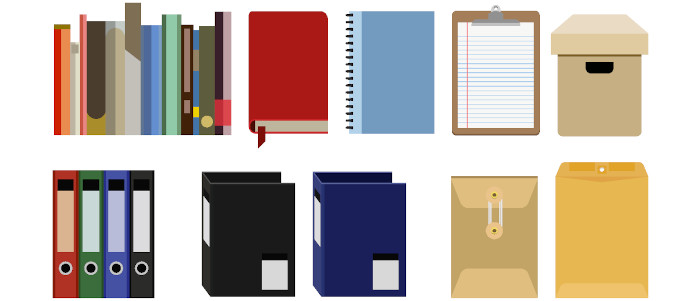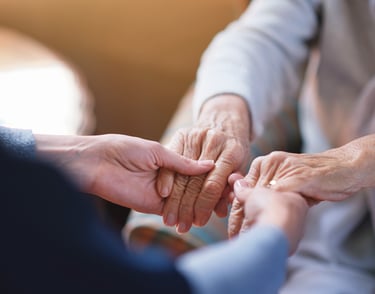
‘'Reality’, as the saying goes, ‘is nothing; perception is everything'. The perception of a care home rated ‘Outstanding’ is that the care they provide is superior to the neighbouring care facility that has a rating of ‘Good’.
In reality, the difference between the two is more likely to be the quality of care evidence than the quality of care delivery. Regulatory compliance requires proof and consequently documentation. The quality and depth of this documentation vary from business to business for a variety of reasons, yet there isn’t any real reason why everyone cannot have a consistently high standard of compliance data.
If quality care is already in place, recording that care in detail can be a simple and partially automated process. It should provide CQC, Social Services or family members with a care diary that details every moment of care provided to each resident. Details that would include when and which members of staff visited their room. How long they spent with them and all the tasks they completed. Their medication and dosage. Which member of staff carried out night checks and when. How quickly staff responded to the nurse call system, what activities they took part in, their appetite and mood, trends of improvement or decline, their interaction with other residents and the reviews of their risk assessments.
Further, with the use of an integrated nurse-call system, much of this information will be automatically recorded. For instance, the time the carer entered the room, along with their identity can be captured along with the length of time they spend with the resident. This time/date stamp can then be used to cross-reference the tasks and notes they record on their smart device, providing unambiguous documentary evidence of their presence.
Using a seamless connection between the compliance software and the nurse call will enable task reminders to be generated, encouraging carers to carry out the required tasks while recording the whole process automatically.
This use of combined technology quickly builds a complete, detailed picture of individual care provision and provides valuable information on trends that could hinder the process of achieving the highest rating. For example, it should be straightforward to compile graphical data on call response times for all shift patterns. This information may reveal that there is a distinct disparity between call responses at night and during the day. Armed with this data, it will then be possible to determine if the disparity is a result of understaffing, re-training requirements or even the volume of calls made during the time divisions.
Inputting KPIs (key performance indicators) into the software should allow for automated alerts if the quality of the care provision declines, providing both managers and operators with the opportunity to address issues before they cause damage to the business.
The two biggest fears regarding the implementation of this type of reporting are ‘information overload’ and the amount of staff resistance to using new technology.
There is no doubt that a vast amount of care information will be gathered in a short amount of time, however, there isn’t any danger of it being too much. A quality software provision will store the data in such a way that specific information can be extracted quickly and easily. Daily reports will only provide the required information, while the individual care plans receive only data relevant to the care of the specific resident. From a compliance perspective, too much information is preferable to not enough, especially when the program can quickly and easily be interrogated for incident-specific data.
In answer to the second fear, a well-designed system will eliminate staff interaction as much as possible and any necessary interaction will be minimal and familiar. This is achieved by using smartphone-type devices that most will use every day and therefore will not create resistance through unfamiliarity. Most care staff will value the fact that as they enter a resident's room, the individual care plan will appear on screen with information relevant to their visit. This will include tasks to be completed, risks to the person, medication and dosage information etc. When the tasks are completed, the carer simply ticks a short series of boxes to record the work they have carried out and they have the opportunity to add brief notes if needed.
By making much of the data automated and limiting the input required by care staff, the compliance data gathering saves the care manager a significant amount of time that would previously have been spent completing manual forms. Needless to say, the ensuing data is far more complete than would have been possible with manual inputting.
Demonstrating and evidencing a care provision that exceeds the regulatory standards is a key way to achieve the highest rating. Recent innovations from companies such as Arquella are making this achievable with surprisingly minimal investment, compared with the benefits of being ‘Outstanding’.

Mar 23, 2021 8:13:17 AM



Comments